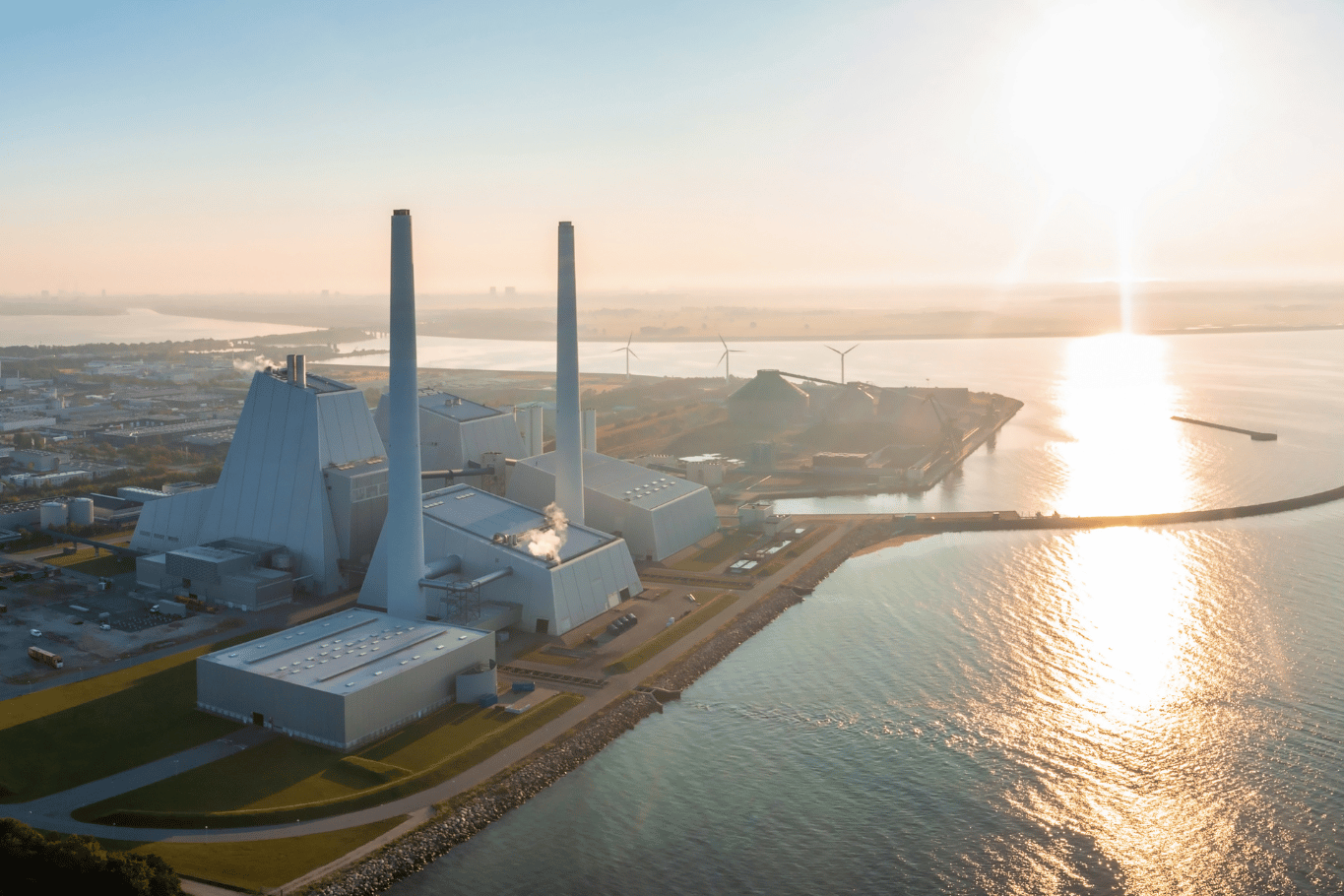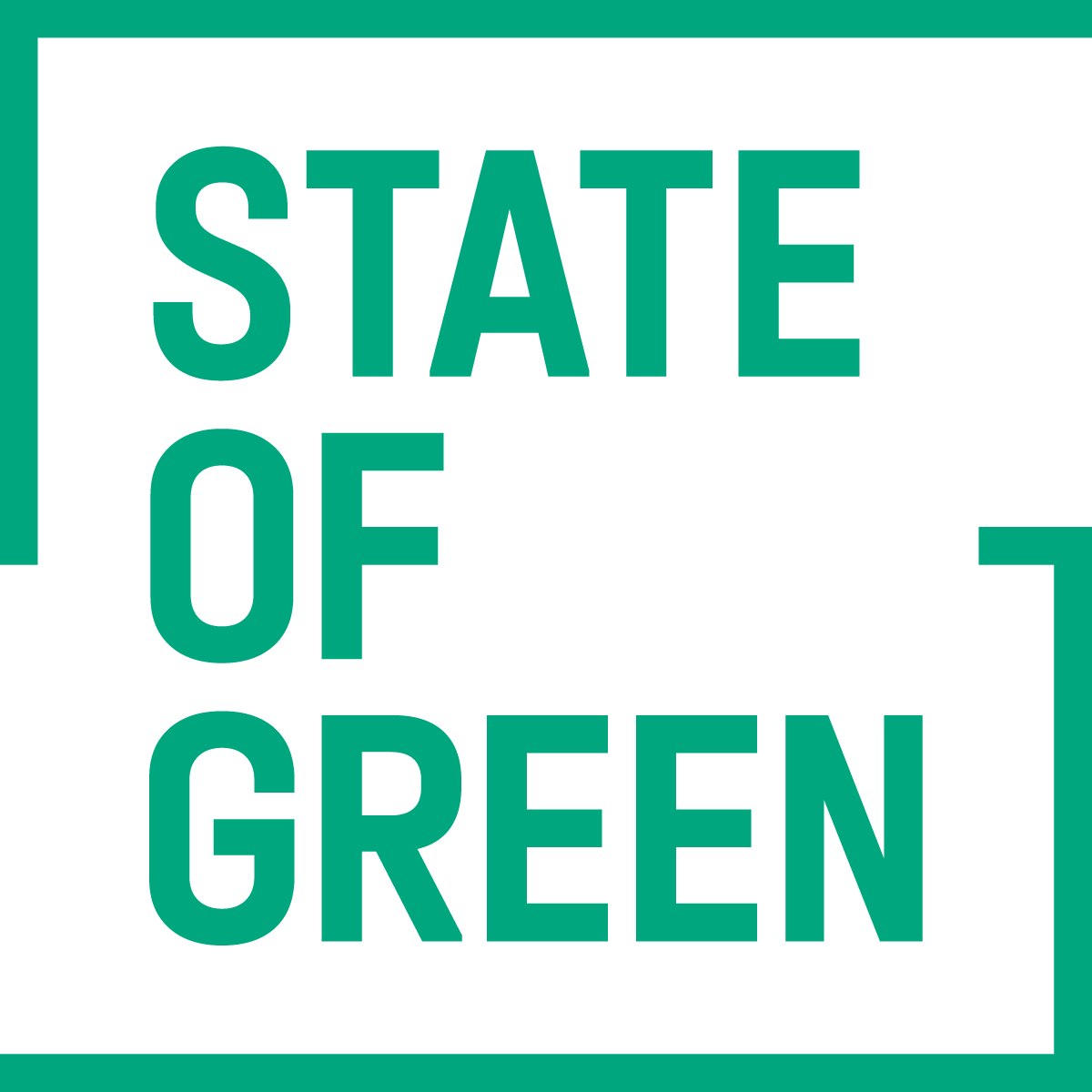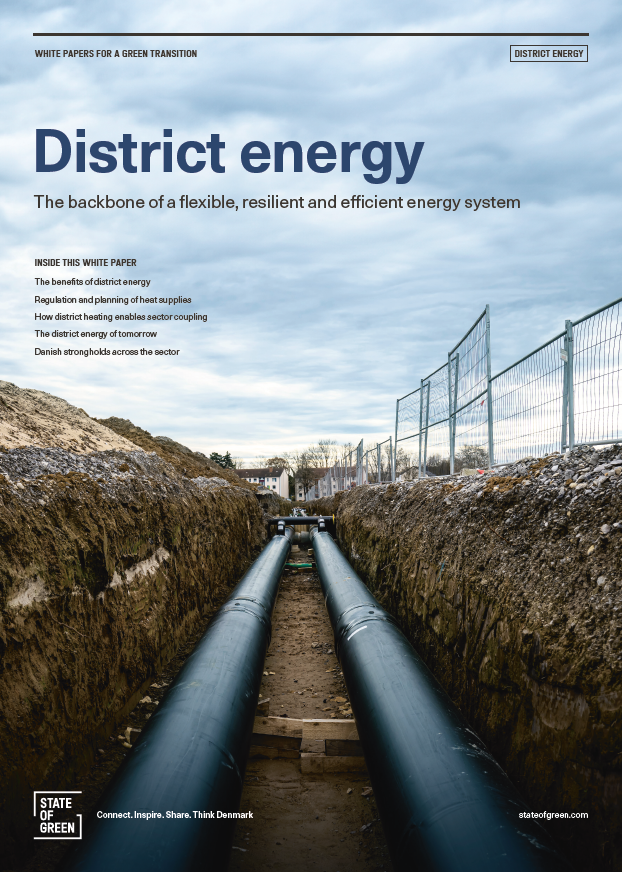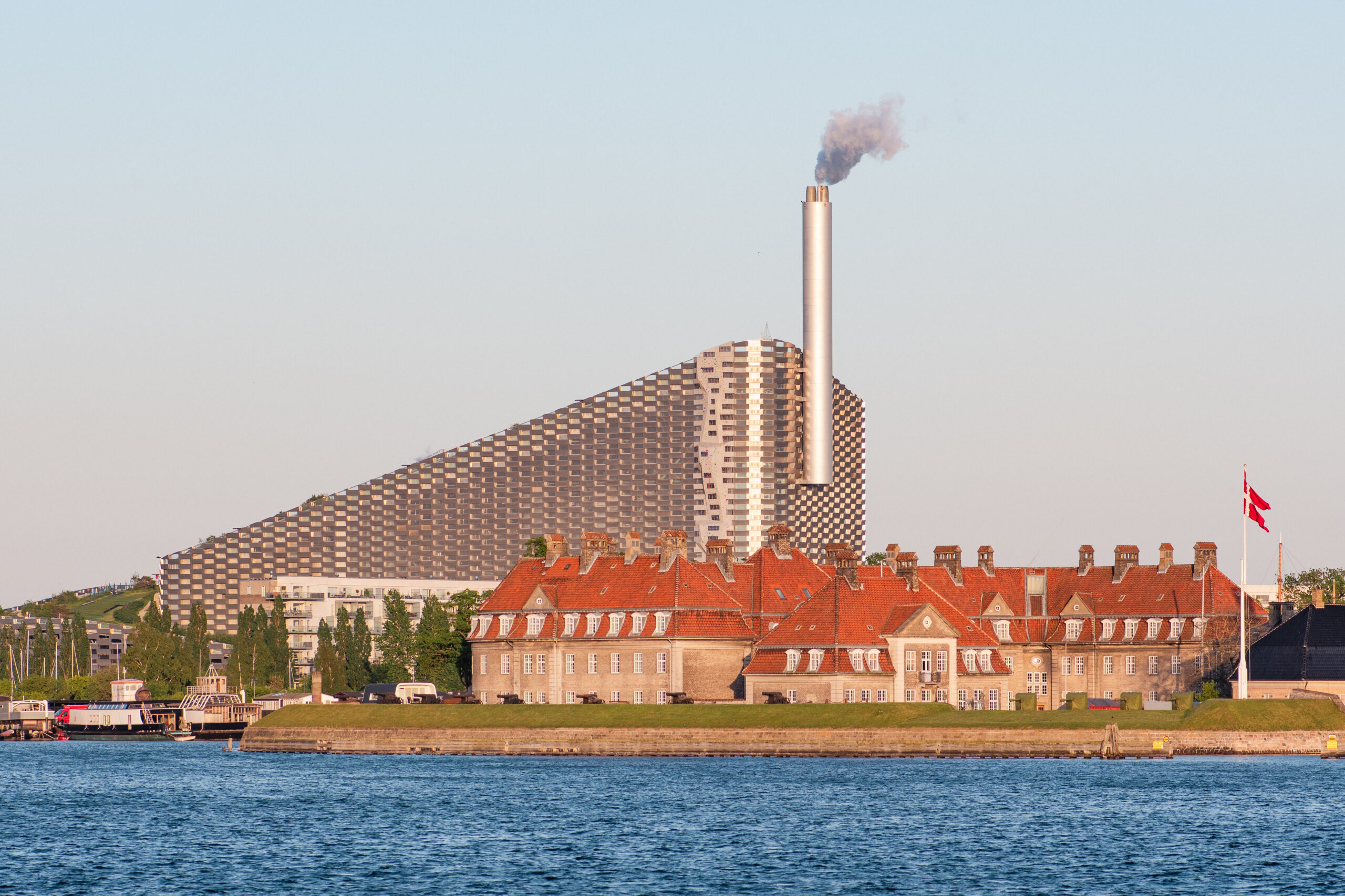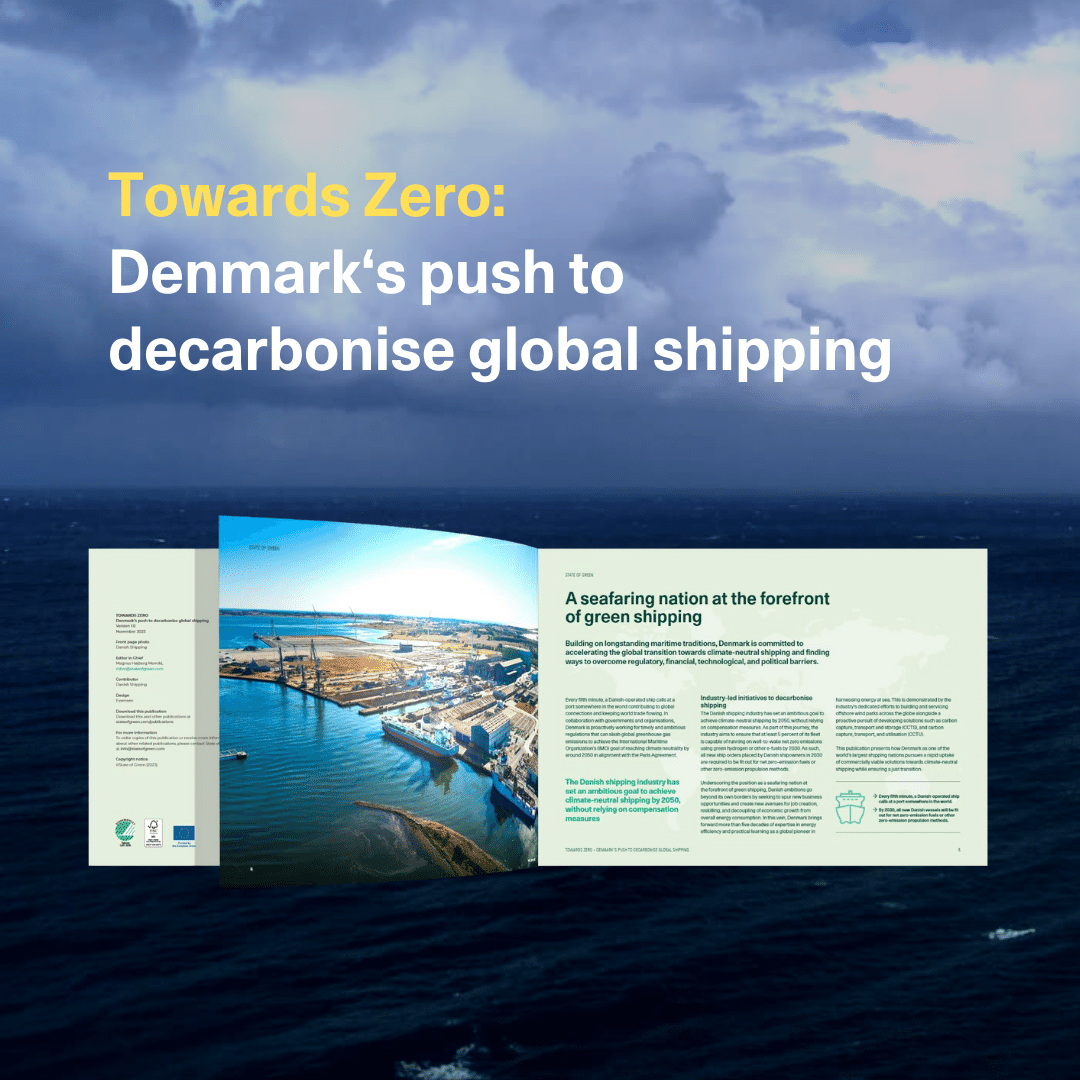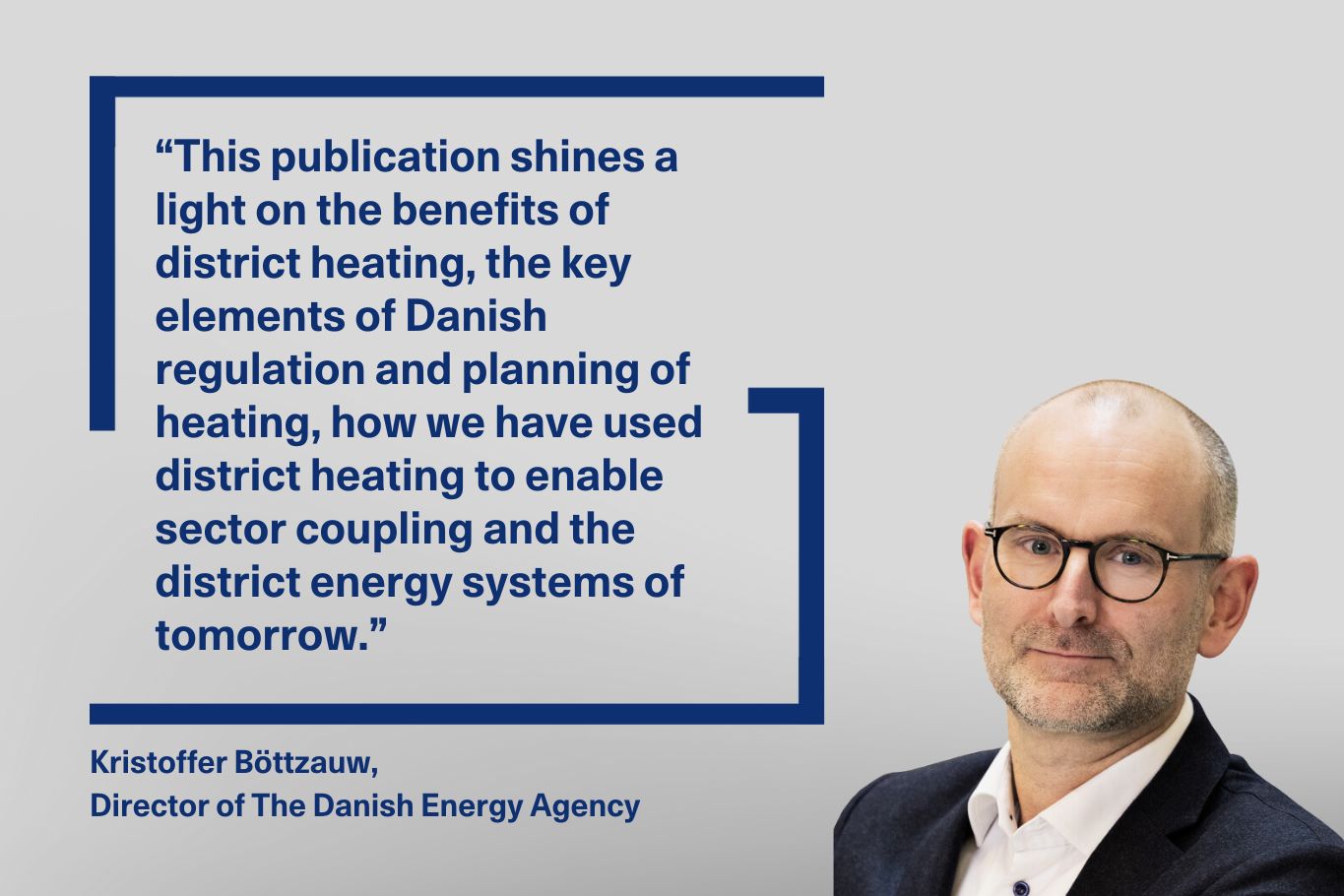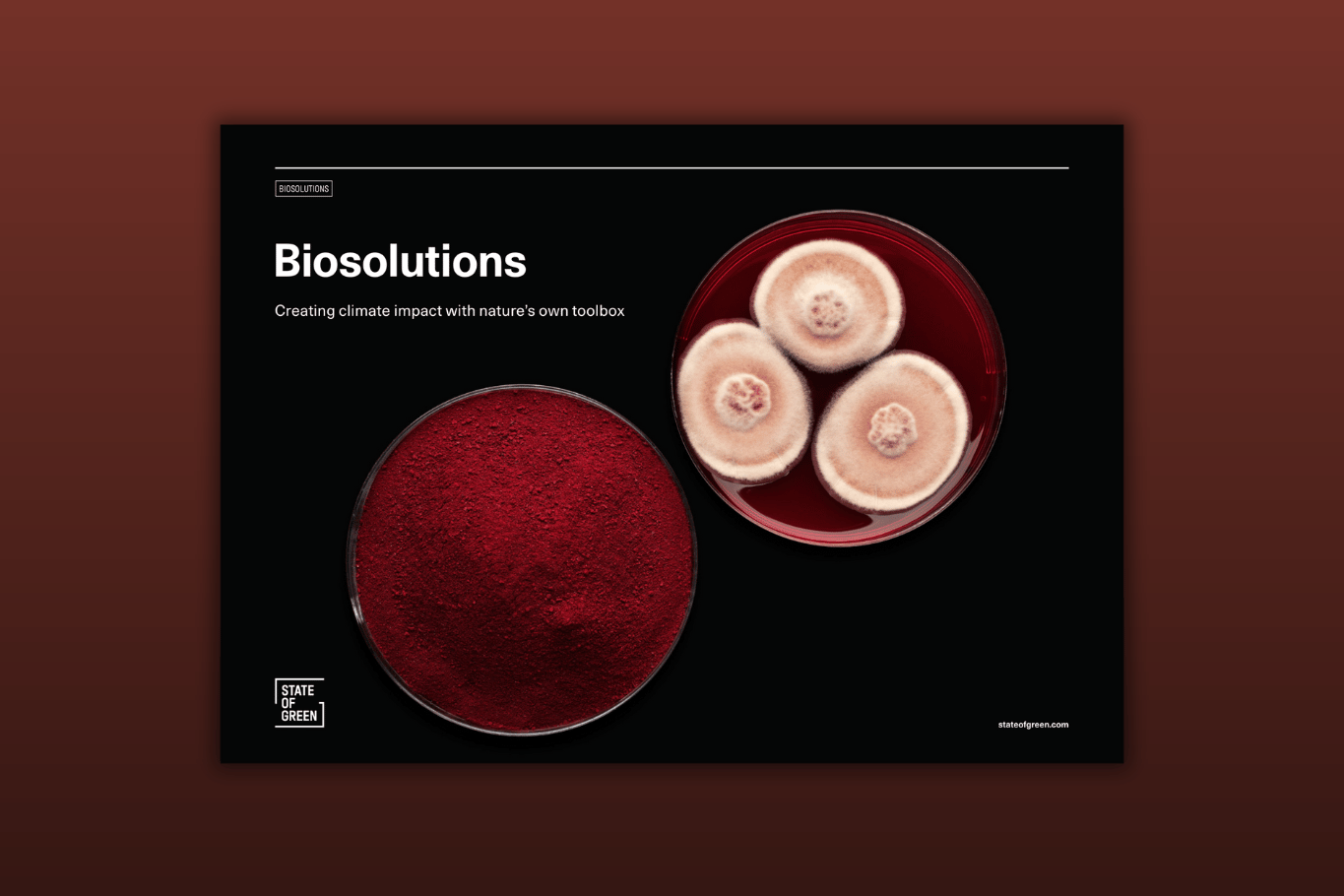Simplifying the use of excess heat
By removing the price cap, the government has eliminated a regulatory barrier that previously limited the use of surplus heat from industries such as data centres and manufacturing. This change allows district heating companies to negotiate directly with businesses to incorporate excess heat into their systems.
“We are now removing a specific barrier and providing greater flexibility to enable the development of excess heat solutions. At the same time, district heating companies will take on greater responsibility to ensure that projects involving businesses are economically viable and beneficial for consumers. The price cap initially made sense to protect consumers, but it has become clear that the framework has been too restrictive. I am pleased that we have reached a solution together with the other parties.” Lars Aagaard, Denmark’s Minister for Climate, Energy, and Utilities
Currently, excess heat accounts for approximately 4 percent of district heating production in Denmark. The government expects this share to grow as new projects emerge under the updated framework.
